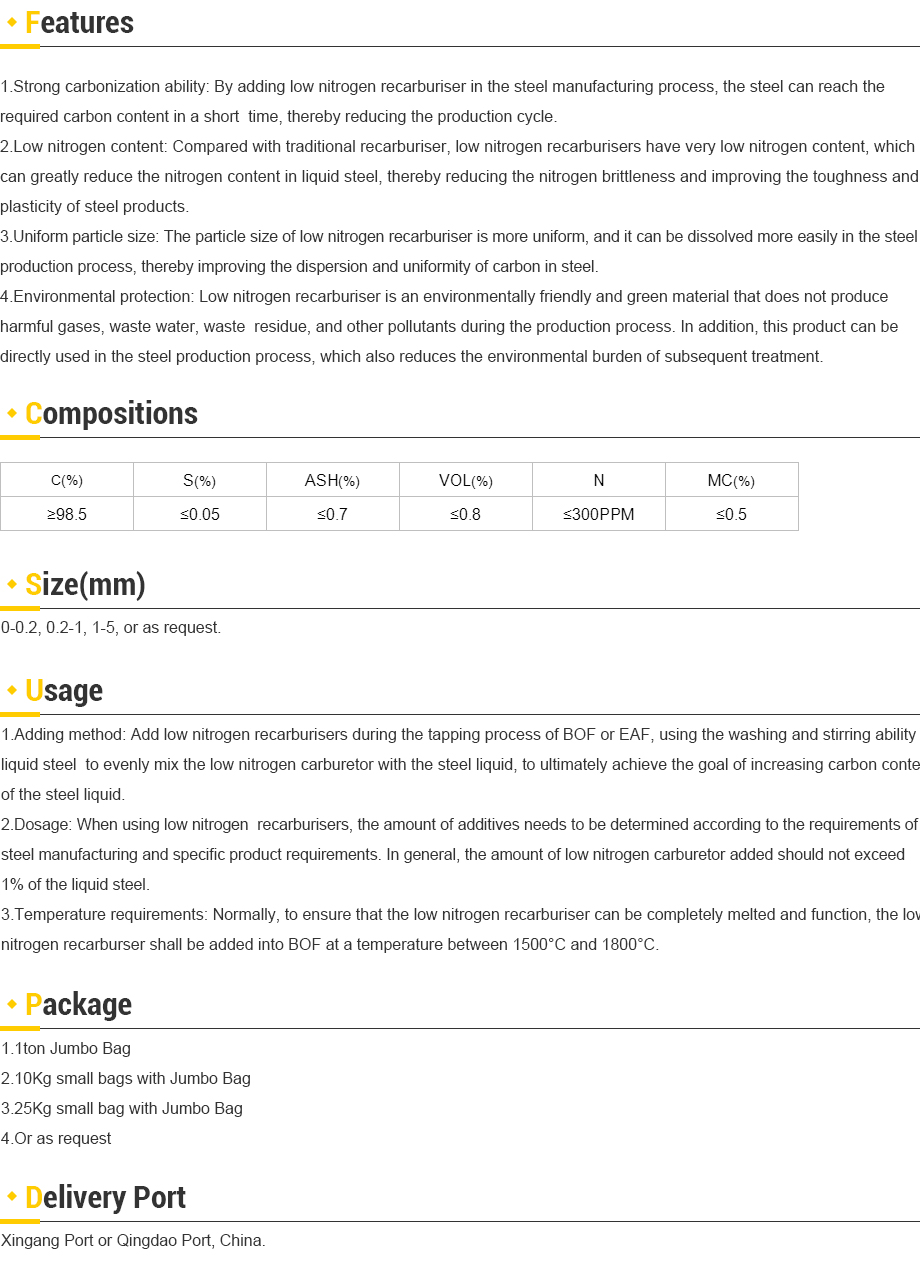Jul . 27, 2024 22:59 Back to list
Exploring the Best Thermal Insulation Materials for Maximum Energy Efficiency and Comfort in Buildings
The Importance of High Thermal Insulation Materials in Modern Construction
In the pursuit of energy efficiency and sustainable living, the significance of high thermal insulation materials in modern construction cannot be overstated
. As buildings account for a substantial portion of global energy consumption, optimizing thermal performance is essential for reducing energy bills, minimizing environmental impact, and enhancing occupant comfort.Thermal insulation materials serve the primary function of reducing heat transfer between the interior and exterior of a building. This control over thermal exchange is crucial, particularly in extreme climates where maintaining comfortable indoor temperatures can substantially strain heating and cooling systems. The effectiveness of insulation materials is commonly measured by their thermal resistance, known as R-value. Higher R-values indicate better insulating properties, which is a critical consideration for architects and builders.
Among the various materials available, some stand out for their exceptional thermal insulation properties. One such material is polyurethane foam, known for its high R-value per inch and lightweight characteristics. Its effectiveness in minimizing heat loss makes it an ideal choice for both residential and commercial applications, particularly in walls and roofs where space is limited.
Another notable contender is aerogel—often touted as one of the most effective insulating materials available. With an extremely low thermal conductivity, aerogel can be utilized in situations where traditional insulation fails to meet the required standards. Although initially used in niche applications such as space exploration, advancements in production techniques have made aerogel more accessible for construction projects.
highest thermal insulation material

Mineral wool, made from natural or recycled materials, offers not only excellent thermal insulation but also fire-resistant properties, making it a popular choice for both residential and industrial buildings. Similarly, cellulose insulation, made from recycled paper products, is gaining traction as an eco-friendly option. Its ability to effectively reduce energy loss while utilizing sustainable materials contributes to its growing popularity.
In addition to traditional insulation options, reflective insulation materials, such as radiant barriers, play a crucial role in maintaining thermal comfort, especially in warm climates. These materials reflect radiant heat away from living spaces, which can significantly reduce cooling costs in hot weather. When strategically placed in attics or on roofs, reflective insulation can work hand-in-hand with other insulating materials to enhance overall thermal performance.
The choice of insulation material can also have profound implications for environmental sustainability. By selecting high-performance insulating materials, builders can lower energy consumption, thereby reducing greenhouse gas emissions associated with energy production. Moreover, many modern insulation products are manufactured from recycled or rapidly renewable resources, further minimizing their ecological footprint.
As awareness grows regarding the importance of energy efficiency, building codes and standards are increasingly mandating higher insulation levels in new construction projects. This trend reflects a broader shift towards sustainable building practices, driven by both regulatory frameworks and consumer preferences. The integration of advanced thermal insulation materials not only improves energy efficiency but also enhances the resale value of properties by making them more attractive to environmentally conscious buyers.
In conclusion, the pursuit of the highest thermal insulation materials is not merely a matter of compliance or cost but a significant step towards a more energy-efficient and sustainable future. By selecting high-performance insulation, builders and homeowners can contribute to reducing energy consumption, enhancing comfort, and promoting ecological responsibility. As the building industry continues to evolve, the ongoing development of innovative insulation materials will play a pivotal role in shaping the way we construct and inhabit our built environments.
-
Eco-Friendly Granule Covering Agent | Dust & Caking Control
NewsAug.06,2025
-
Fe-C Composite Pellets for BOF: High-Efficiency & Cost-Saving
NewsAug.05,2025
-
Premium Tundish Covering Agents Exporters | High Purity
NewsAug.04,2025
-
Fe-C Composite Pellets for BOF | Efficient & Economical
NewsAug.03,2025
-
Top Tundish Covering Agent Exporters | Premium Quality Solutions
NewsAug.02,2025
-
First Bauxite Exporters | AI-Optimized Supply
NewsAug.01,2025
